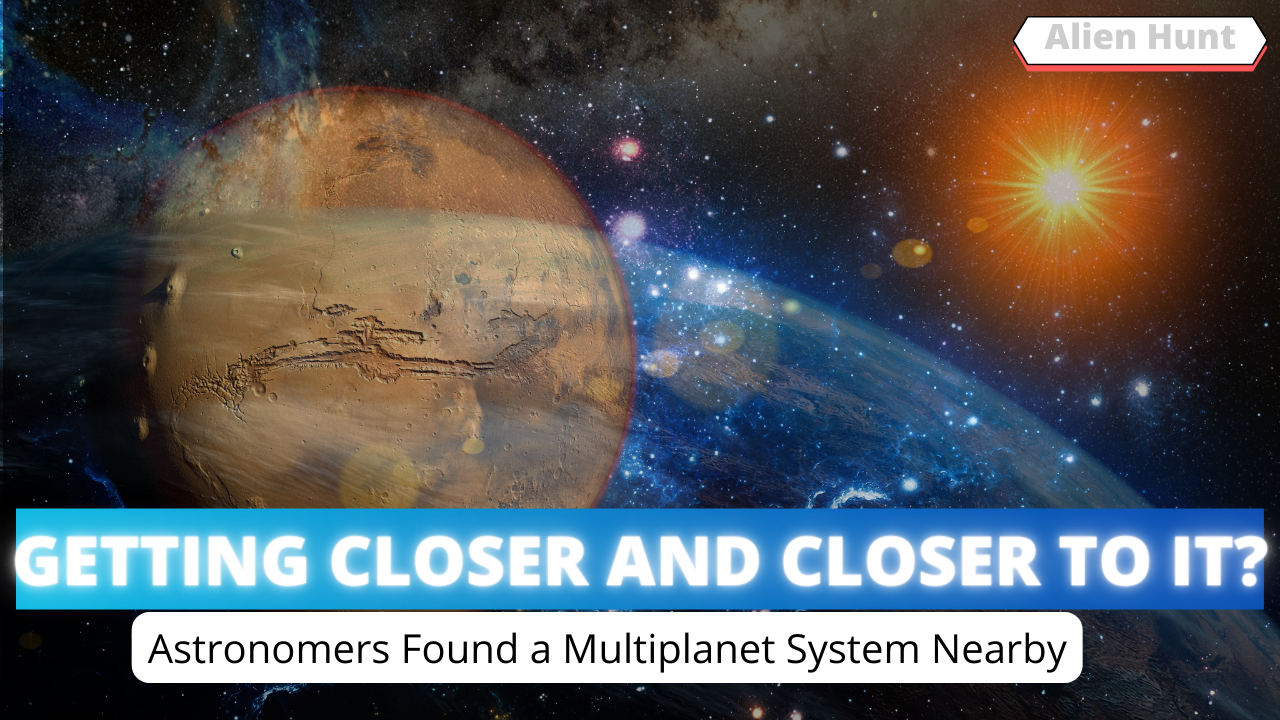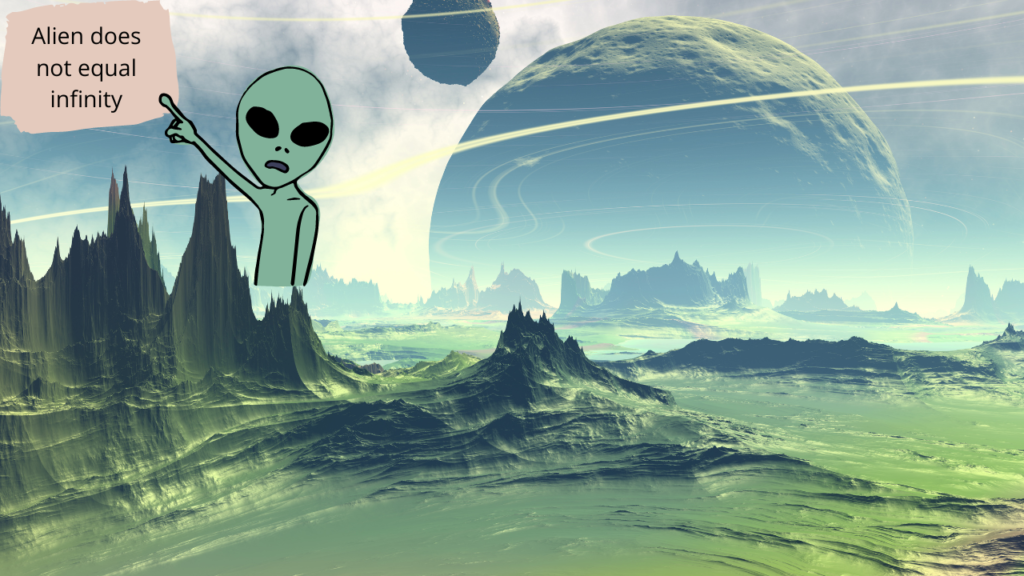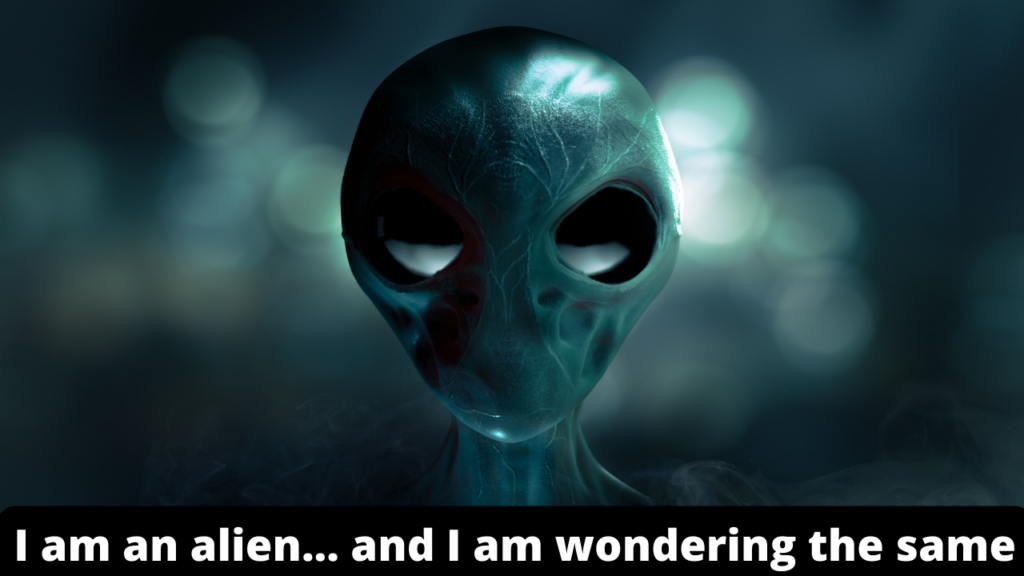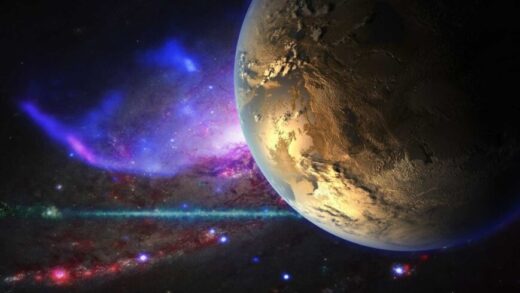Another Multi-planet system discovered nearby: How close are we to finding extraterrestrials?

Astronomers discover a new multi-planet system within our galactic neighborhood. The system lies just 10 parsecs, or about 33 light-years, from Earth. At the heart of the system lies a small and cool M-dwarf star, named HD 260655, and astronomers have found that it hosts at least two terrestrial, Earth-sized planets. The rocky worlds are likely not habitable, as their orbits are relatively tight, exposing them to temperatures too high for liquid water. The process of classifying and confirming new planets can often take several years. For HD 260655, that process was streamlined with the help of archival data.
“Every planet orbiting a star is going to have a little gravitational pull on its star,” Kunimoto, a member of MIT’s TESS science team, explains.
From the radial-velocity data from HIRES and CARMENES, the researchers were able to calculate the planets’ mass, which is directly related to the amplitude by which each planet tugs on its star.
The inner, smaller planet is slightly denser than the Earth, while the outer, larger planet is a bit less dense.
Based on their brief orbits, the researchers also estimate that the surface temperature of the inner planet is 710 kelvins (818 degrees Fahrenheit), whereas the outer planet is roughly 560 K. (548 F).
“We consider that range outside the habitable zone, too hot for liquid water to exist on the surface,” says Kunimoto.
“However, the system could have more planets,” Avi Shporer adds. “Many multiplanet systems, especially around tiny stars like this one, include five or six planets. We’re hoping to find more, and one of them might be habitable. That is a positive outlook.”
Now, looking at Extraterrestrial Life from a different point of view

How would you control this if you were Creator and created these multiple “solar technologies”, but you didn’t want people from one system interfering with people from another? You could erect some sort of mystical barriers, but here’s an easier solution:
Put them at a distance of 33.33 light years. Even if the ones in one system were to detect the other, there’s no way they’d be able to get there.
And now, with the new discovery of a multi-planet system just 10 parsecs (33 ly) from Earth, it seems possible that life could exist on the nearby planets. Or even, the beings on those planets might have discovered our solar system multiple times.
Talking about the stats, there were 822 known multiplanetary systems, or stars having at least three confirmed planets, beyond the Solar System, out of a total of 3,694 stars known to host exoplanets (as of May 1, 2022).
It could take hundreds of years to arrive if we sent a generation ship or discovered some form of hypersleep and sent a ship now. However, if we develop near light or any form of FTL travel in the next 100 years, another ship may be launched that would reach hundreds of years before the generation ship.
So you may wake up from hypersleep or whatever state you’re in and discover your new home has already been colonized and commercialized.
Yes, we have not found them: But why have “they” not arrived yet?

When it comes to the question “Why aliens have not arrived yet”, we must understand that there is a limit for everything, and if something is infinite, it does not exist. There are civilizations bigger than us, there are civilizations smaller than us. But the fact that matters is that all of them are bound by natural laws.
That’s why it’s impossible for us to be visited, from here, from another solar system, from another galaxy and so on. This new multiple planet system is just the latest of too many examples.
But yes, one thing is likely: If there are aliens out there (there are indeed), the ones more intelligent than us can watch us with the help of their versions of telescopes, but again, when it comes to sending messages, they are bound by the law governing how long it takes for light or sound to reach us.
Leave all that aside, one thing is getting clearer and clearer with the discoveries of multiplanet systems; that the Universe is much more diverse and complex than people were thinking. And now, the claims that Aliens do not exist could be “safely” added to the list of theories like “flat earth” and “fake moon landing“.
Most likely, evolution has done its job independently from us. All we can do is to just live our lives, doing all the great things we can do and become a part of something bigger than us.


